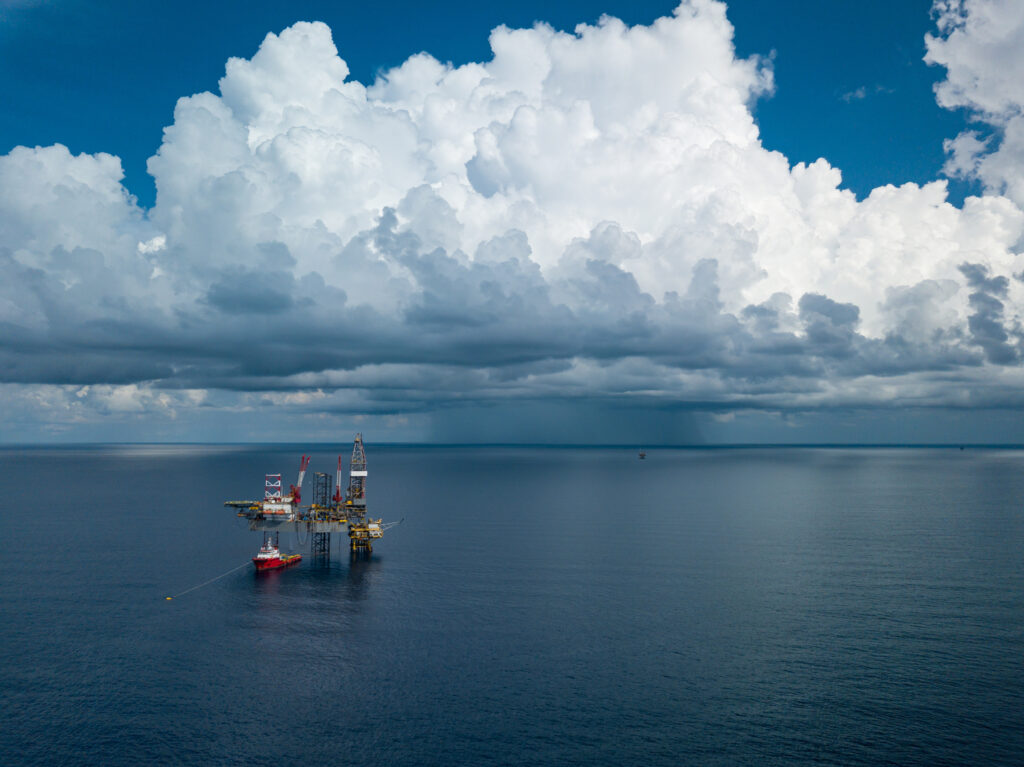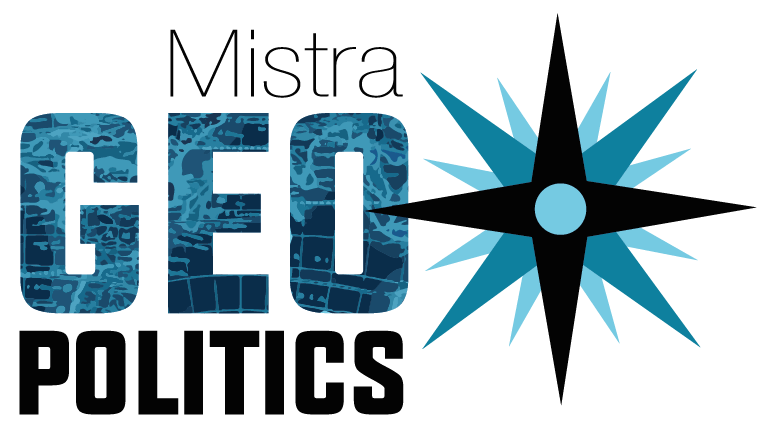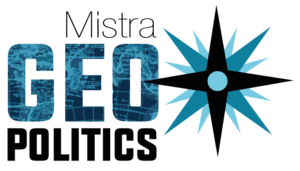This website uses cookies so that we can provide you with the best user experience possible. Cookie information is stored in your browser and performs functions such as recognising you when you return to our website and helping our team to understand which sections of the website you find most interesting and useful.
Conflicting narratives of deep sea mining
In this paper, Anders Hansson from Linköping University and Mistra Geopolitics summarizes key insights on the conflicting narratives of deep sea mining. This paper aims to provide an overview of the current status of deep sea mining and structure ongoing key discussions and tensions prevalent in scientific literature.
Summary
As land-based mining industries face increasing complexities, e.g., diminishing return on investments, environmental degradation, and geopolitical tensions, governments are searching for alternatives. Following decades of anticipation, technological innovation, and exploration, deep seabed mining (DSM) in the oceans has, according to the mining industry and other proponents, moved closer to implementation. The deep sea mining industry is currently waiting for international regulations that will guide future exploitation.

A narrative review method is applied, and the analysis inductively structures four narratives in the results section: (1) a green economy in a blue world, (2) the sharing of DSM profits, (3) the depths of the unknown, and (4) let the minerals be.
Key messages
In summary, the four predominant narratives and discourses that we have seen in the DSM literature revolve around:
- Economic viability and sustainability (Narrative 1)
- The governance and potential for equal sharing of global resources (Narrative 2)
- The gross remaining uncertainties when it comes to the deep sea ecosystems (Narrative 3)
- The argument that the morally correct action would be to set the vast majority of these ecosystems under moratorium until further notice (Narrative 4).
The debate over DSM sheds light on a plethora of issues regarding environmental policies, regulations, notions of risks, uncertainty, and the use of the precautionary principle to the surface. Whether or not DSM could become a sustainable practice depends on the ability to deliberate on, and understand how and if, ecological functions convert into risks, equity for society, and benefits for the whole of humanity.
Conclusions
The paper concludes that some narratives are conflicting, but the policy path that currently dominates has a preponderance towards Narrative 1—encouraging industrial mining in the near future based on current knowledge—and does not reflect current wider discussions in the literature. The paper suggests that the regulatory process and discussions should be opened up and more perspectives, such as if DSM is morally appropriate (Narrative 4), should be taken into consideration.
Cite as
Hallgren, A.; Hansson, A. Conflicting Narratives of Deep Sea Mining. Sustainability 2021, 13, 5261. https://doi.org/10.3390/su13095261
Funding
This research has been funded by Mistra, the Swedish foundation for strategic environmental research, within the Mistra Geopolitics research programme Phase II.


 08/05/2021
08/05/2021

 Authors of this publication
Authors of this publication
